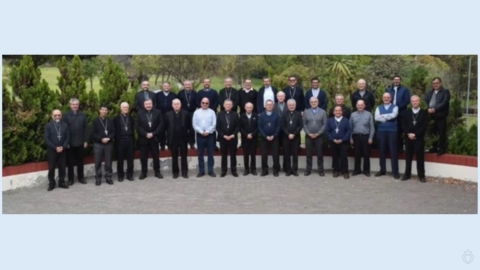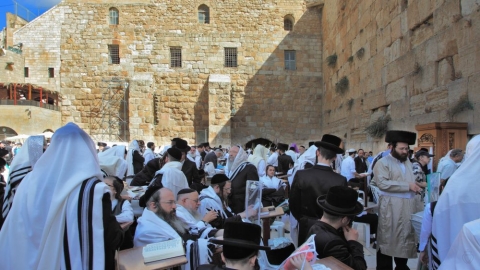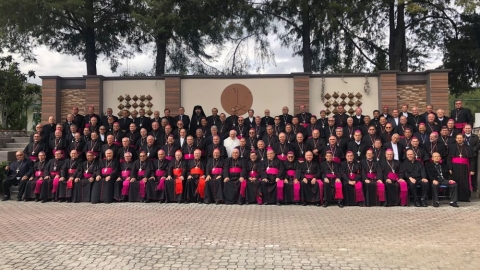Italy: Bambino Gesù Hospital Celebrates Its 100th Anniversary

On February 20, 1924, the Salviati family donated to the Holy See the Bambino Gesù hospital which they had founded in 1869. It became the largest polyclinic and the largest pediatric research center in Europe. Child victims of war are regularly welcomed there for treatment.
The first Italian pediatric hospital, it was founded on the model of the Hospital for Sick Children in Paris (currently Necker Hospital) by Duchess Arabella Salviati. She was of Scottish origin who became Roman through her marriage.
12 beds awaited the sick children in a house belonging to the Salviati family, in the heart of Rome. In 1887, the hospital moved to the former Sant'Onofrio convent, on the Janiculum hill, where it is located today. Its development on land in the south of Rome is planned for 2030.
In around 50 years, under the direction of the Salviatis, more than 33,000 children were hospitalized there. The Bambino Gesù faced emergency situations, such as the Avezzano earthquake in 1915 and the Spanish flu epidemic of 1918. In 1924, the descendants of this Roman family donated the institution to the Holy See, with the agreement of Pius XI.
After the Second World War, the hospital continued to expand, states Vatican News, with several new medical centers. It has also joined the Italian National Health Service, and 14% of those admitted are foreign nationals.
The Bambino Gesù regularly welcomes children injured during wars, from the former Yugoslavia in the 1990s, from Afghanistan, Syria, or even from Ukraine in 2022, and from Gaza at the beginning of 2024.
The Holy See and the Italian government signed a declaration of intent for the installation of a new headquarters of the Bambino Gesù pediatric hospital, by 2030, on land in the south of Rome, as announced by the Press Office release of the Holy See on February 8, 2024. This is the former Carlo Forlanini hospital, on the outskirts of the Portuense district.
The land, owned by the Lazio Region, will be granted to the Holy See, which will have to acquire the current buildings. The construction of new buildings will then be carried out by the INAIL (National Insurance Institute against Work Accidents and Occupational Diseases), for which the Holy See will pay a fee. As provided for in the Lateran Treaty, the new buildings will be exempt from all taxation.
(Sources : cath.ch/Vatican News/imedia/DICI n°443 – FSSPX.Actualités)
Illustration : Photo 148651622 | Bambino Gesu © Cineberg Ug | Dreamstime.com





